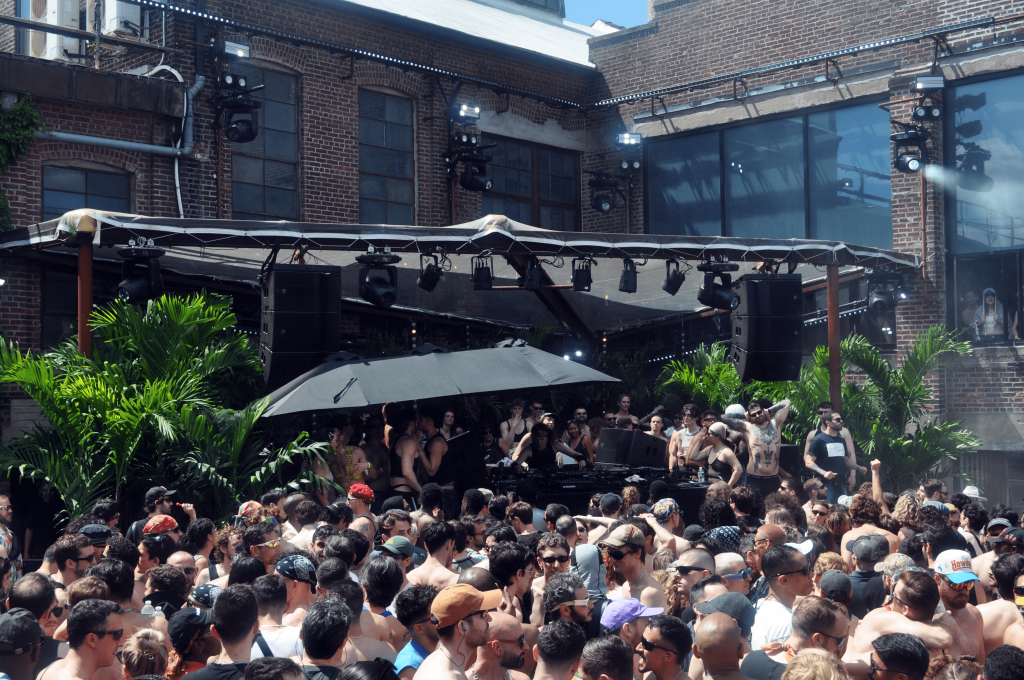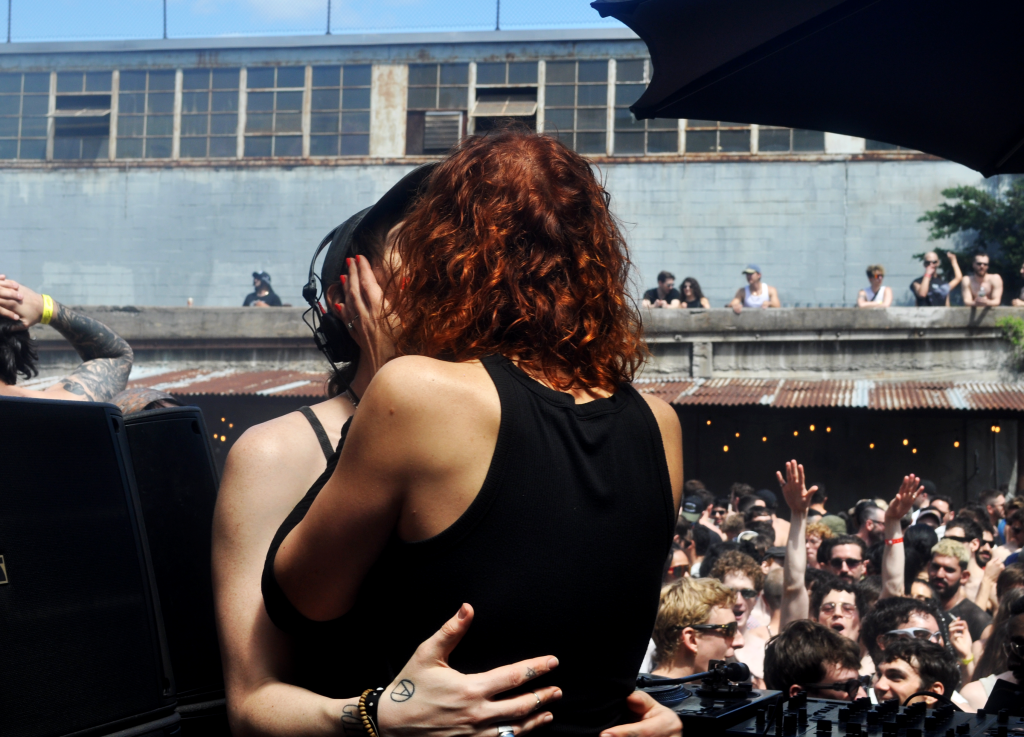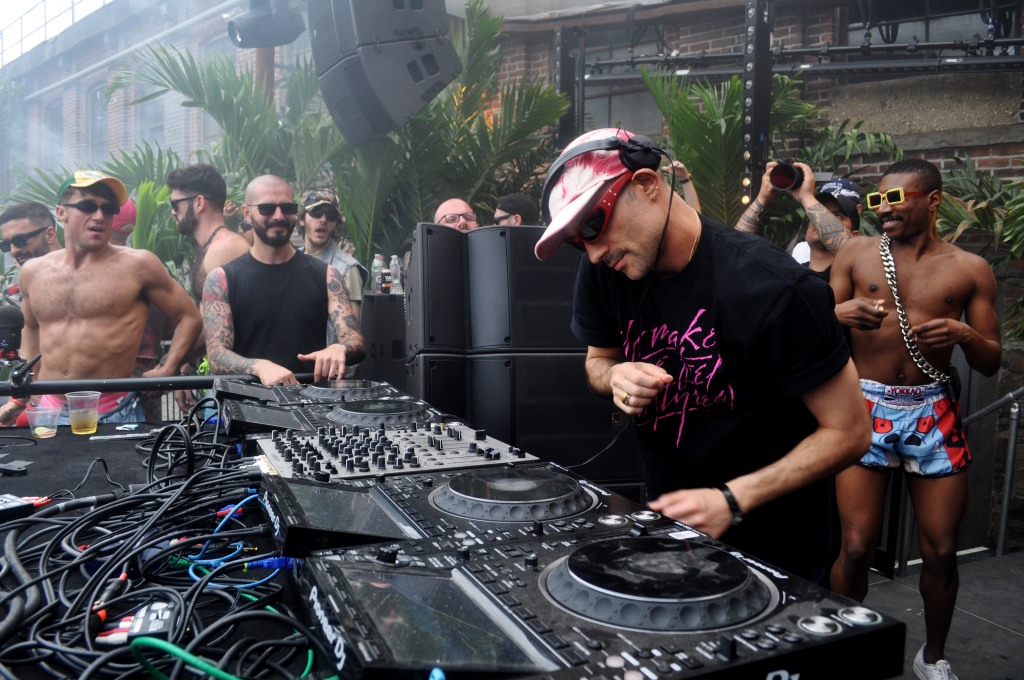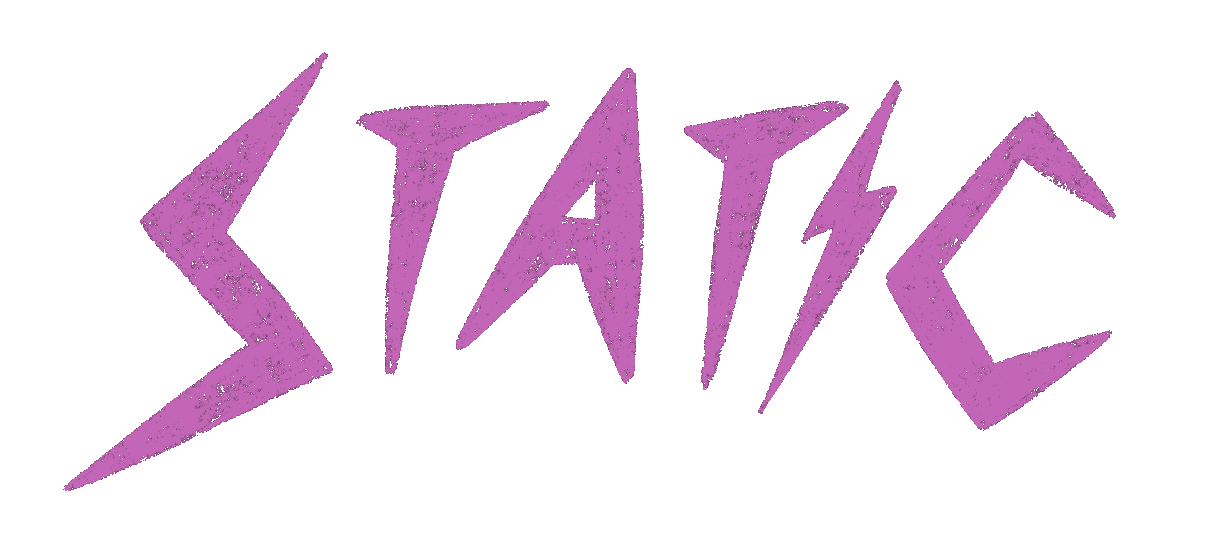Salt-crusted and surrounded by strangers is far from what many would describe as a perfect Sunday, especially after 12 hours, but I was exactly where I wanted to be. Cigarette smoke and sheer perseverance was the communal perfume of the thousands who found themselves in attendance at the end of WIRE Festival’s marathon weekend.
After fifty hours of nonstop music and one of the most thoughtful lineups in recent years, WIRE Festival feels like a long-overdue American reclamation of techno.
Initiated in 2022 by Queens’ Knockdown Center – the glass factory turned electronic venue – WIRE began as an experiment aiming to create an intimate feature of underground electronic talent. Despite its ethos, WIRE’s scale and scope invite the question of how ‘underground’ a festival can truly be when it begins to mirror the very spectacles it seeks to define itself against. Even still, by generally rejecting the algorithmic churn in favor of curatorial memory— WIRE is capable of crafting lineups that feel lived-in, not simply assembled.
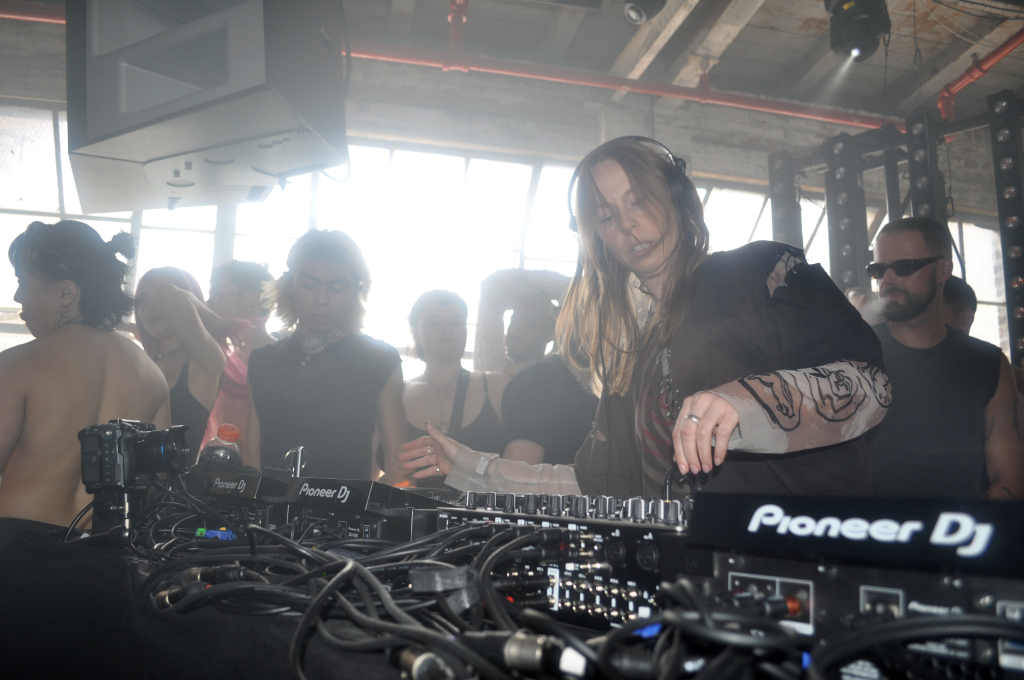
For its fourth iteration, the festival ran consecutively, for the first time, from Friday at 8 p.m. to Sunday at 10 p.m. The structure is akin to that of Berghain’s Klubnacht or Nowadays Nonstop, though Knockdown’s unique layout allows for many to sleep onsite through the weekend, an experience unimaginable in a club setting. The lineup was studded with both international and local talent, including frequent performers of Knockdown Center’s onsite club Basement, known to any plugged into the NYC techno circuit.
My Friday night began in the 20,000 ft main hall with a thrilling introduction from Juliana Huxtable and DJ Stingray 313, both mainstays on Basement’s monthly lineups. The two set an unrelenting tone for the rest of the weekend: Stingray, a Detroit legend and Drexciya affiliate, brought his signature dynamic energy, while Huxtable, who splits her time between NYC and Berlin, balanced his pace with a fluid genre-fluid sensibility. Thus the locational trinity of techno was brought together for a pulsing kickoff. Throughout the entire festival, there was a clear effort to create a throughline between the respective Berlin and NYC scenes, infusing an international sound to NYC while simultaneously providing a spotlight for local talent.
The audience was distinct amongst the varying days of the festival, with Friday night curation being the most varied, and in turn populated, by far. As the crowd verged on overwhelming, the space offered its own mental retreats to survive the marathon: a glowing central light installation beyond the main hall, as well as a cushioned ambient room where dancers could be seen napping between sessions – swaddled by beats. Perhaps the most chaotic moment of the entire festival occurred during Berlin’s D Dan and DJ Tool’s set, where a rogue attendee infiltrated the barricade and removed one of the USBs in an apparent attempt to take over the stage. The moment of silence was peppered with varying degrees of booing. After security took control of the situation, the music that followed felt nothing less than divine. By far one of the most otherworldly hardgroove mixes I’ve had the pleasure of hearing, the return of the four-on-the-floor reigniting the crowd in full-blown catharsis.
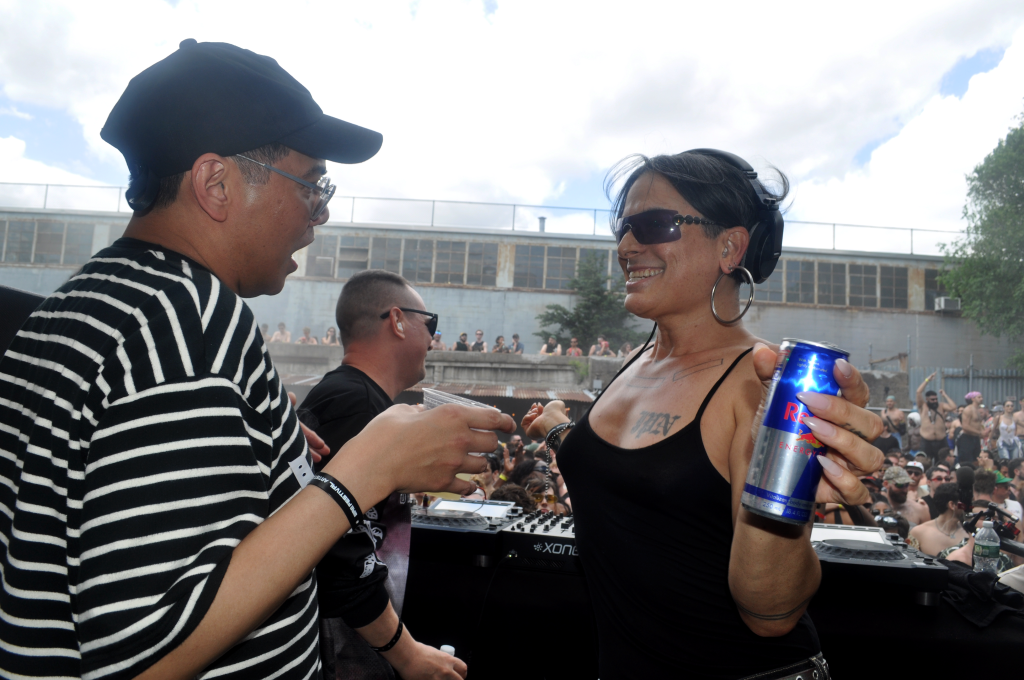
As the night morphed into morning, NYC’s Volvox and Berlin’s Boris began at Knockdown’s more intimate second stage. The crowd at this point underwent the festival’s first wave of natural selection, with the audience’s intense energy and Berlin-ified look more synonymous with Basement’s usual attendees. Volvox and Boris brought an intensity that dulled the mind, compelling the body forward into communal physicality. The room was thick and vapor-filled, sweat emanating off of the mass of bodies in time to the beat. Almost ten hours and two outfit changes later, I made my way back over the Brooklyn Bridge to recharge before returning to WIRE.
The first night provided a range of exhilarating performances, however the commercial scale of Knockdown made it difficult to fuse the divide between underground scene and mass marketed production. Fourteen dollar concessions, over 10,000 attendees, and a notable lack of general club etiquette all indicated a far cry from the subversive origins of techno. The venue may have borrowed the industrial aesthetic – exposed concrete, cavernous ceilings, and a sea of bodies dawning black – but the grit, grime, and radical intimacy that define the underground were more spectacle than lived experience.
Even with my critiques, I arrived at 9 a.m, bright-eyed and ready for the ensuing thirteen hour Sunday service. Immediately upon arrival it was clear the space had transformed from the past two evenings, the venue almost unrecognizable in the daylight. The main stage, now in Knockdown’s outdoor space the Ruins, provided a full view of the attendees and the DJ’s, nowhere to hide – and no one seeking to. The shift was not only temporal, but social as well.The crowd thinned and re-cohered, now overwhelmingly queer, white, male, and gym-cut. The dynamic remained celebratory, however felt notably less inclusive than the previous nights. I ascribed the change in part due to Basement’s nextdoor Wrecked party having ended only an hour earlier; the tension was still tangible throughout the crowd.
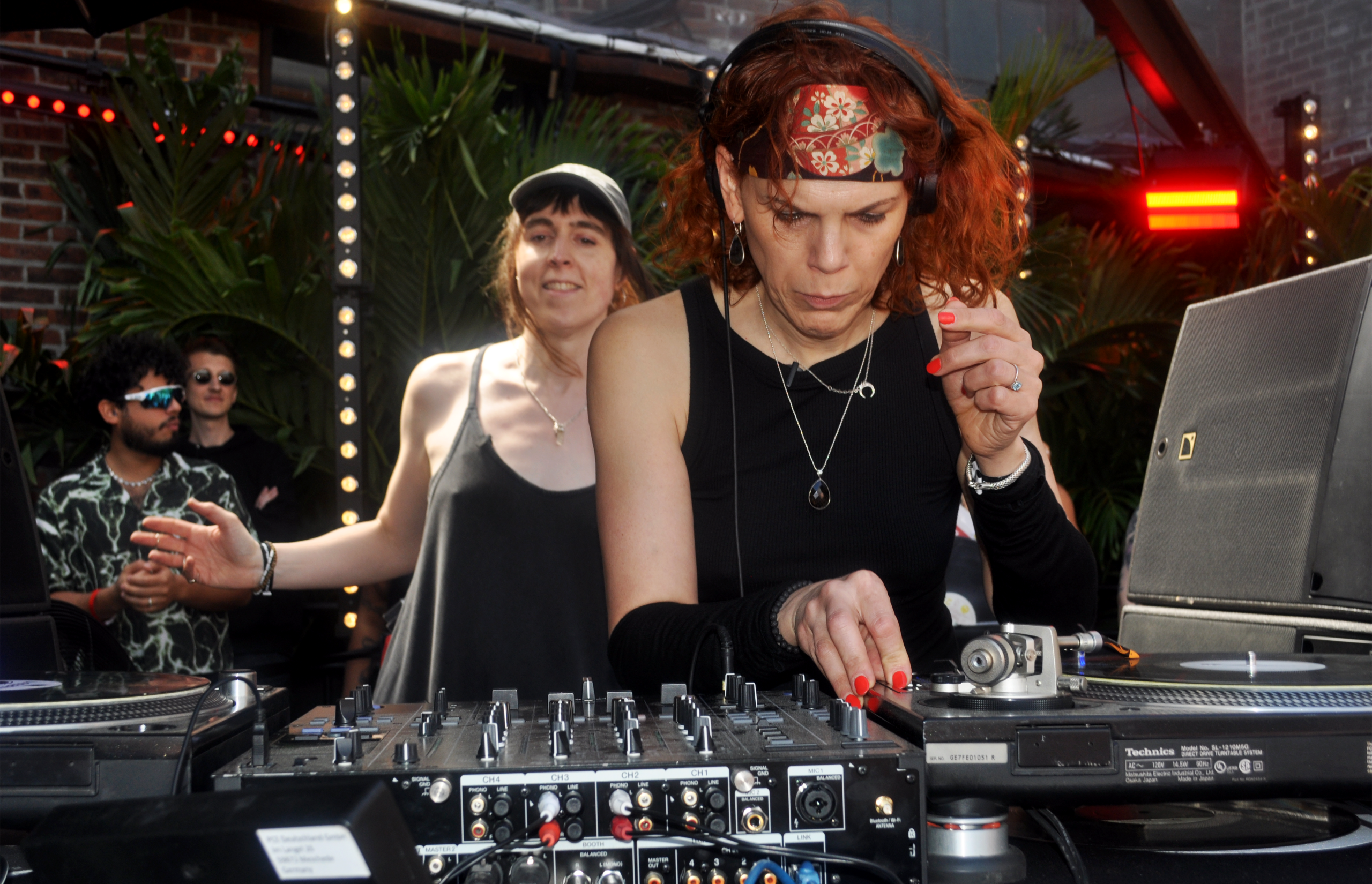
Octo Octa and Eris Drew’s sunrise vinyl set was an easy standout from the weekend. The New Hampshire-based couple and founders of the label T4T LUV NRT started the day with a slew of gushing, love-filled house and electro tracks that remind us why we party. It wasn’t the vinyl-only set or the optimistic track selection, but the intimacy and intentionality that made their set seem like a sermon. With the sun breaking through the clouds overhead, every beat drove a communal sense of pride from the audience. The pair closed their set with an embrace and a buzzing reception from the crowd. At this point, it truly felt as if only those dedicated to the music remained standing, bleary eyed and barely clothed – the majority of attendees at this hour having stayed through the night, or arrived early to catch the pair.
Famed local queer party The Carry Nation and New York City deck legend Mike Servito brought another optimistic surge with their B2B, their infectious chemistry bellowing from behind the decks. Their house driven track selection was just as bright and bouncy as they were: effervescent and unselfconscious – bubbles of joy dancing midair. As the day warmed and morning became midday the energy remained constant. Following their set, I ping-ponged between the Ruins and the second stage, where the crowd remained locked into a shared, sweat-slick hypnosis. Besides the smell, it seemed like a waste to stay indoors too long – the intimacy of the sunlight a rare delicacy within the NYC scene.
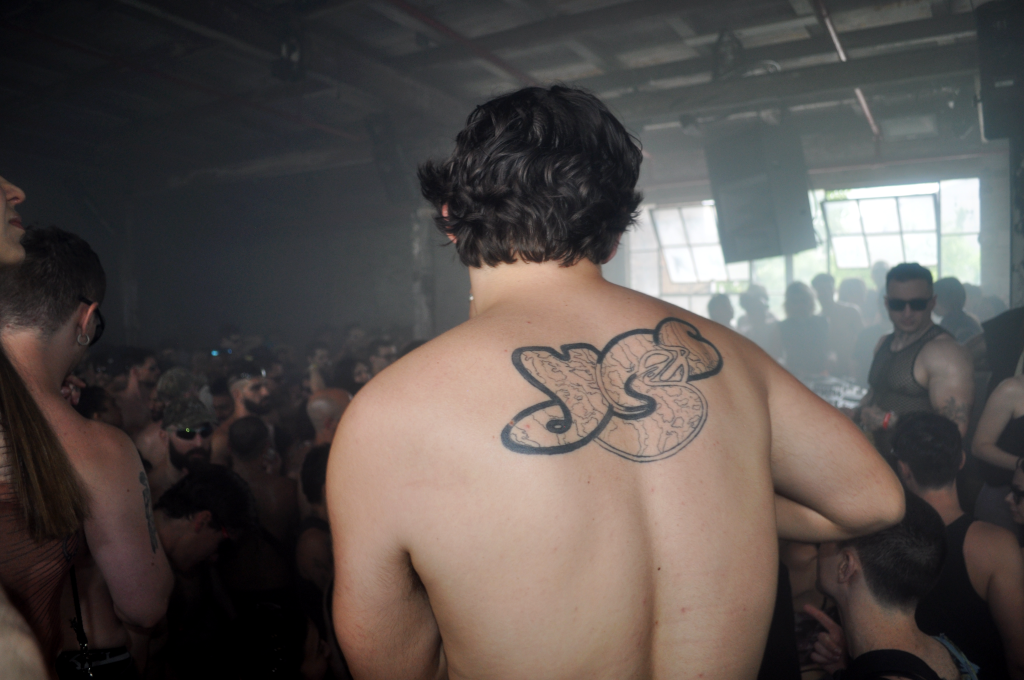
There was a beautiful space beyond the Ruins where astroturf and beanbags had been the beds of many festival-goers throughout the weekend. I sprawled out under the sky, basslines leaking in from beyond the broken-down walls, like half-forgotten dreams. Soreness seeped into my body and my mind stilled.
Beyond the lineup and the location, the nonstop nature of the music created an experience not unlike a fever dream. With so many choosing to remain in the same space in search of the most extended experience, attendees pushed their bodies and minds to their limits out of pure desire and dedication to the music. There were many scene dynamics at play, TikTokers and club kids certainly overlapping on the Venn diagram. But to be surrounded by mutually minded people, all ruthlessly in love with the music, was truly special.
After about 24 non-consecutive hours of dancing, crying, and communing, I left WIRE Festival with a complicated but renewed belief in techno’s potential to unify– not perfectly, but genuinely. The genre’s evolution from its roots in Detroit’s Black, working-class communities into a globalized subculture have made it susceptible to the same commodification that plague many historically subversive scenes. Today techno is simultaneously omnipresent and fractured; now severed by commercialization from its political roots and often curated for the optics of inclusion more than the true practice of it. However despite these contradictions, WIRE still managed to facilitate a space for music to drive social cohesion. Techno may no longer be underground but the dancefloor still presents itself as a space for possibility – the shared hunger for moments beyond transaction sustaining the pulse of community.
